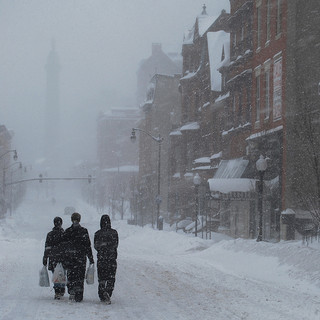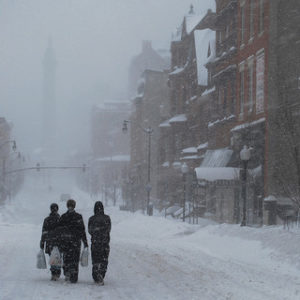Things were starting to look up. Just 6 months ago economists were hopeful that the turnaround was going to continue. However, the latest reports are not bearing out that optimism. In fact, the economy is growing slower than expected.
Forecasters from the International Monetary Fund have cut back their predictions from 2.8% annual growth in the U.S. economy down to just 2%. The World Bank’s latest Global Economic Prospects report also revised its expectations for the U.S. economy to 2.1% growth this year, down from the previous forecast of 2.8%. The Federal Reserve has also cut its forecast for U.S. growth this year, to just 2.1% to 2.3%, down from 2.8% to 3% in its previous projections released in March. That’s disappointing news for those who were hoping the rough patch that began last decade was finally behind us.
Last week, Greenfield Advisors Managing Director Dr. John Kilpatrick weighed in on the recent Livingston Survey. The Livingston Survey is the oldest continuous survey of economists’ expectations. In that previous blog post, Dr. Kilpatrick noted that the economy has been slowing.
Photo courtesy of Seth Sawyers.
Some of the blame can be placed on the chilly shoulders of the winter storms that swept across the country in early 2014. Unexpected storms, freezing temperatures, and overwhelming snow crippled several regions and put a damper on everything from home sales to retail.
How bad was that first quarter? Bad enough that it was the steepest change since the Great Recession. First quarter 2014 GDP shrank by at least 1% according to the U.S. Bureau of Economic Analysis (who will be revising this number again on June 25, most likely to show an even larger decrease). This decrease primarily reflected a downturn in exports (because this component of GDP increases only if exports are greater than imports), a larger decrease in private inventory investment, and downturns in business equipment investment and state and local government spending. Corporate profits were also down. Despite the first quarter setback, economists are still hopeful that the economy will recover from the dip and will continue to improve.
Another bright spot is the impact of the Affordable Care Act, also known as Obamacare. The cost of healthcare was lower then predicted, and that meant consumers had more money to spend. It’s one more reason to think the economy could bounce back from the early dip.
UPDATE: The U.S. Bureau of Economic Analysis released its third estimate of first quarter 2014 GDP, and the new results show a 2.9% decrease in real GDP as opposed to the previously estimated 1% decrease. This is a full 3 percentage points lower than its initial estimate, and the worst quarter since the economic recovery began in June 2009. Apparently, the increase in personal consumption expenditures was smaller than previously estimated, and the decline in exports was larger than previously estimated. Healthcare spending was revised downward considerably, which mutes the perceived impact of the Affordable Care Act on the overall economy.
Follow us on Facebook, Twitter, and LinkedIn for regular information on the economy.






Recent Comments